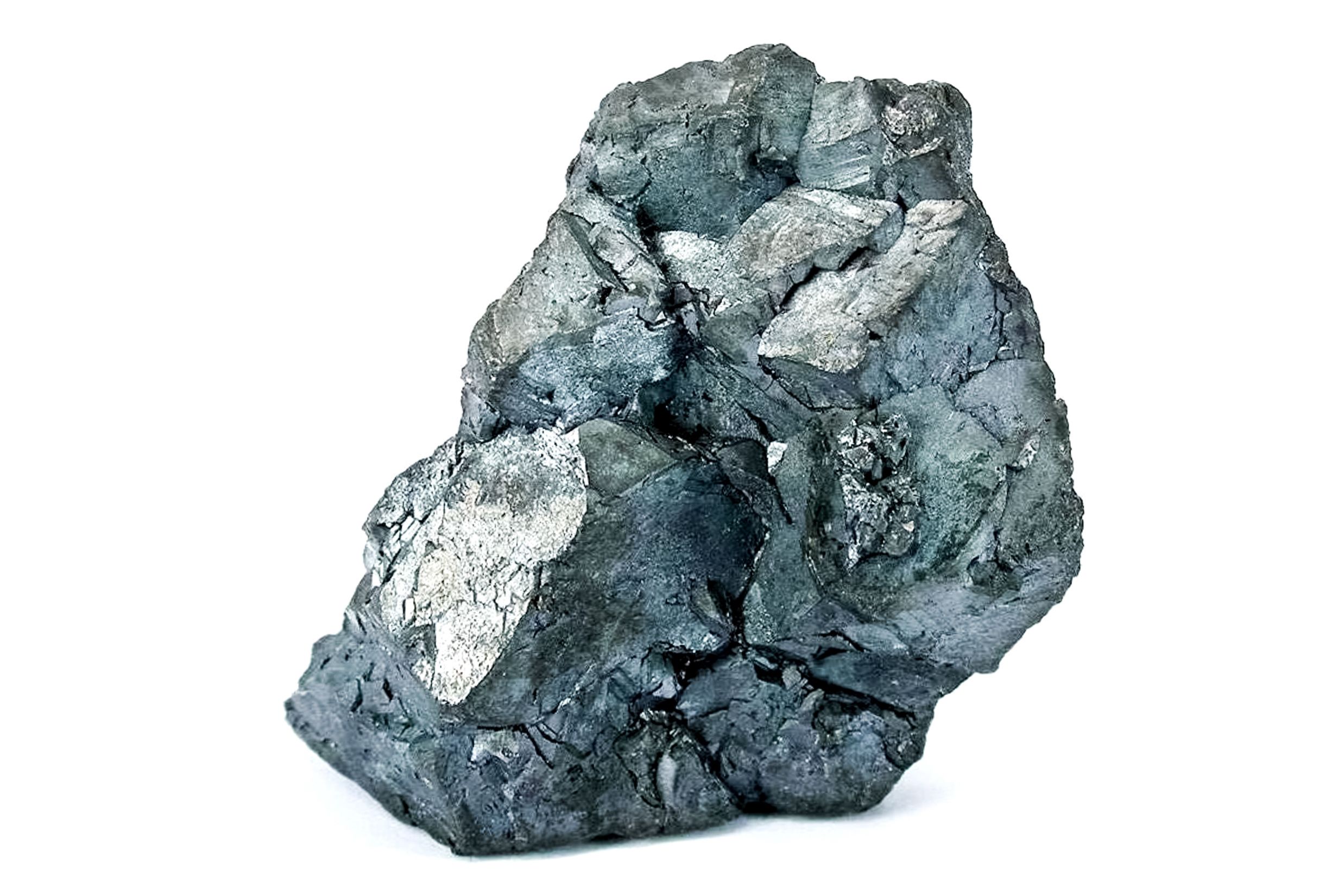Recent Advances in Elemental Analysis of Germanium-Based Functional Materials
A new article reviews methods for determining trace elements in germanium and germanium dioxide, highlighting the advantages and limitations of methods with and without matrix separation procedures.
A researcher at the Russian Academy of Science in Novosibirsk has published a review of studies on the determination of trace elements in germanium and germanium dioxide in the journal Talanta (1). The article discusses both matrix separation and non-matrix separation methods for analyzing trace elements in these materials. While non-matrix separation methods are simpler and faster, matrix separation is necessary for achieving low limits of detection for trace elements.
Germanium crystals, samples of rare earth metal germanium | Image Credit: © Ludmila - stock.adobe.com

Germanium is among the purest substances, and its trace elements are typically present at levels of pg g-1. Its high purity makes it an ideal material for producing nuclear radiation detectors, among other things. However, the trace elements in germanium can also affect its properties and quality, making it important to extend the list of determined trace elements and decrease their detection limits.
For example, the purity of germanium is essential for the performance of detectors based on it. The presence of impurities in germanium affects detector quality due to several reasons. Firstly, impurities alter the electrical properties of the germanium crystal, which can result in a decrease in the detector's efficiency. Secondly, impurities can create energy levels in the bandgap of the germanium, leading to increased noise and reduced resolution of the detector. Thirdly, impurities can cause a decrease in the lifetime of charge carriers in the detector, leading to lower sensitivity. Fourthly, impurities can cause unwanted electronic transitions, leading to false signals. Lastly, impurities can affect the mechanical properties of germanium, leading to cracks and other defects that can negatively impact the detector's performance.
To determine trace elements in germanium and germanium dioxide, single element methods such as atomic absorption spectrometry (AAS), and multielement methods such as atomic emission spectrometry (AES), mass spectrometry (MS), and neutron activation analysis (NAA) are used. The article compares these methods in terms of the number of elements determined and the limits of detection.
This article is a valuable resource for researchers in the field of materials science who are interested in developing high-purity substances with unique properties. By improving the methods for the analysis of high-purity substances, researchers can more effectively purify materials and identify the trace elements that affect their properties and quality. Ultimately, this research could lead to new applications in science and technology.
Reference
(1) Guselnikova, T. Y. History and recent advances in elemental analysis of germanium-based functional materials. Talanta 2023, 251, 123792 DOI: https://doi.org/10.1016/j.talanta.2022.123792
LIBS Illuminates the Hidden Health Risks of Indoor Welding and Soldering
April 23rd 2025A new dual-spectroscopy approach reveals real-time pollution threats in indoor workspaces. Chinese researchers have pioneered the use of laser-induced breakdown spectroscopy (LIBS) and aerosol mass spectrometry to uncover and monitor harmful heavy metal and dust emissions from soldering and welding in real-time. These complementary tools offer a fast, accurate means to evaluate air quality threats in industrial and indoor environments—where people spend most of their time.
High-Speed Laser MS for Precise, Prep-Free Environmental Particle Tracking
April 21st 2025Scientists at Oak Ridge National Laboratory have demonstrated that a fast, laser-based mass spectrometry method—LA-ICP-TOF-MS—can accurately detect and identify airborne environmental particles, including toxic metal particles like ruthenium, without the need for complex sample preparation. The work offers a breakthrough in rapid, high-resolution analysis of environmental pollutants.